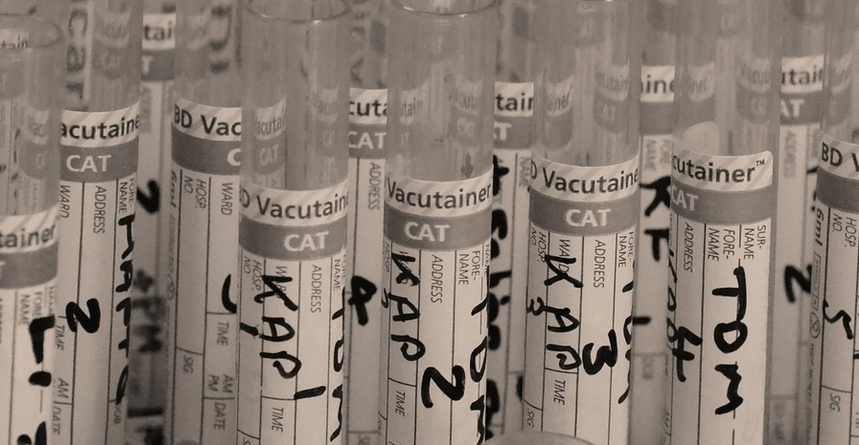Introduction
Galvanized steel is a popular material used in construction, manufacturing, and various other industries. It is coated with a layer of zinc to protect it from corrosion and rust. However, there is a concern about the toxicity of galvanized steel, especially when it is exposed to extreme temperatures. In this article, we will discuss at what temperature does galvanized steel become toxic.
What is Galvanized Steel?
Galvanized steel is steel that has been coated with a layer of zinc to protect it from rust and corrosion. This coating is done through a process called galvanization. The steel is immersed in a bath of molten zinc, which forms a protective layer over the steel. Galvanized steel is commonly used in construction, automotive, and manufacturing industries.
Is Galvanized Steel Toxic?
Galvanized steel is generally considered safe for use in most applications. The zinc coating is non-toxic and is not harmful to humans or animals. However, there is a concern that at high temperatures, the zinc coating can release toxic fumes.
At What Temperature Does Galvanized Steel Become Toxic?
The temperature at which galvanized steel becomes toxic depends on several factors, such as the thickness of the zinc coating, the duration of exposure to heat, and the type of environment in which the steel is exposed. Generally, galvanized steel can start to release toxic fumes at temperatures above 400°C (752°F).
What are the Health Risks of Inhaling Zinc Fumes?
Inhaling zinc fumes can cause a condition known as metal fume fever. The symptoms of metal fume fever include fever, chills, headache, muscle aches, and fatigue. In severe cases, it can lead to respiratory distress and even death. However, metal fume fever is a temporary condition and usually resolves on its own within 24-48 hours.
Precautions When Working with Galvanized Steel
To minimize the risk of inhaling zinc fumes when working with galvanized steel, it is essential to take the following precautions: – Ensure adequate ventilation in the workplace – Wear a respirator or face mask that is rated for metal fumes – Avoid welding, cutting, or grinding galvanized steel – If welding or cutting is necessary, use a fume extractor to remove fumes from the air – Wash hands and face thoroughly after handling galvanized steel
Conclusion
Galvanized steel is a safe and durable material for use in various industries. However, at high temperatures, the zinc coating can release toxic fumes that can cause health problems. It is essential to take precautions when working with galvanized steel to minimize the risk of inhaling zinc fumes. By following the safety guidelines, we can ensure a safe and healthy working environment.

